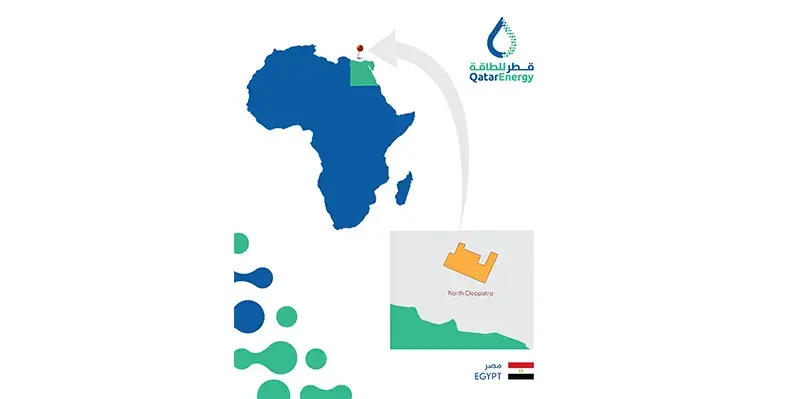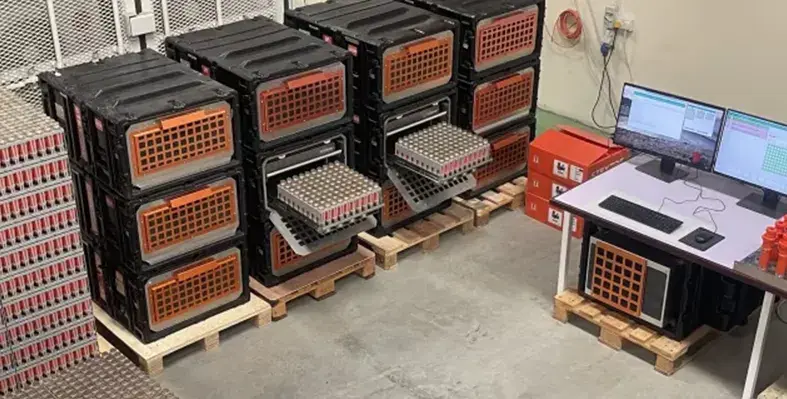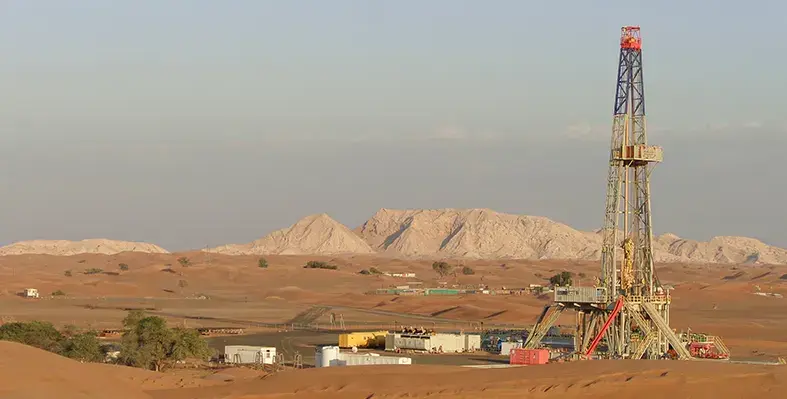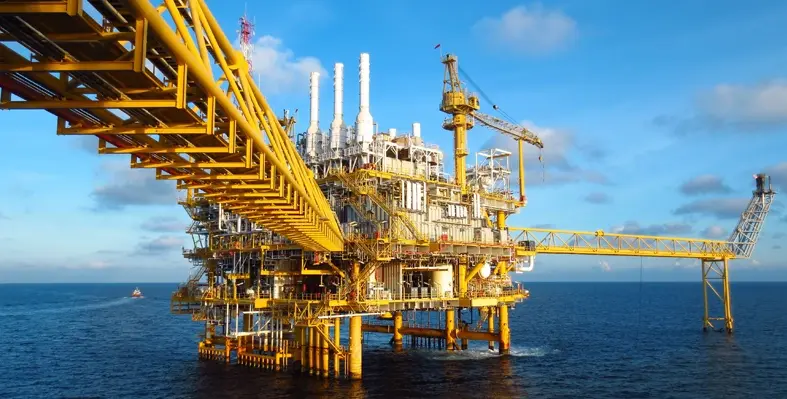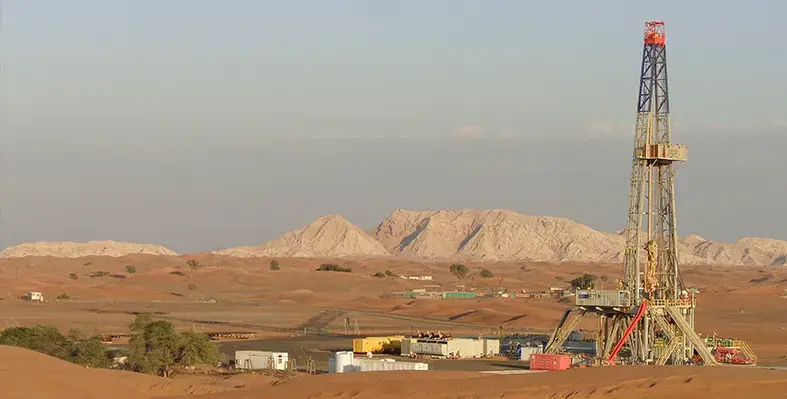
Global shale oil and gas production is set to rise. (Image source: Adobe Stock)
Global shale oil and gas production is set to increase, with Saudi Arabia and Algeria among those countries in the region looking to exploit their shale gas reserves
According to a recent report from leading data and analytics company titled Global Data titled “Emerging Oil and Gas Shale Plays", notable increases in production are expected over the next few years, including the USA, the current leading producer. These are driven by technological advancements and significant discoveries in countries such as China, Argentina, and Saudi Arabia. GlobalData’s Strategic Intelligence report titled “Emerging Oil and Gas Shale Plays”, reveals that the US was the undisputed leader in global shale oil and gas production with over 80% share in 2024, thanks to its vast reserves, advanced extraction technologies, and supportive regulatory environment.
Ravindra Puranik, Oil and Gas Analyst at GlobalData, commented, “The combination of hydraulic fracturing and horizontal drilling has unlocked unprecedented volumes of shale resources, particularly in formations like the Permian Basin, the Eagle Ford, and the Marcellus Shale. The growth of the shale industry has bolstered the US energy independence, reducing reliance on foreign oil and altering the country's geopolitical strategy.”
Canada holds the second-largest recoverable reserves of shale oil and gas after the USA. It is also ranked second in production due to the technological similarities with its neighbour and government encouragement for unconventional hydrocarbon development.
Argentina is another emerging hotspot for shale oil and gas, particularly the Vaca Muerta formation, which is characterised by strategic asset management by YPF, significant infrastructure investment, and robust growth in production and exports.
Recently, China has made significant progress in shale oil exploration, which could enhance its energy security and reduce dependency on foreign oil supplies, while Saudi Arabia is exploring gas shales within its northern and eastern regions, targeting a 60% rise in its gas output from 2021 to 2030. The focus of development is its giant Jafurah unconventional gas field, the largest liquid-rich shale play in the MIddle East, estimated to hold more than 200 trillion cubic feet of raw gas, which is set to commence production this year.
Algeria, which has significant proven shale gas reserves, is reported to be negotiating with the USA’s ExxonMobil and Chevron, global leaders in shale production, on an agreement that would allow them to explore and develop Algeria's natural gas reserves, including its shale gas reserves. Algeria is seeking to revive its flagging oil and gas sector, on which its economy is heavily dependent, and boost gas exports, with an eye on Europe as it seeks alternative suppliers to Russian pipeline gas.
Puranik said, “The future of shale oil and gas will be shaped by a delicate balance between technological innovation, cost efficiency, and environmental stewardship. Countries that can align production growth with carbon management and energy transition goals will not only secure domestic energy resilience but also strengthen their position in an increasingly competitive and sustainability-driven global market.”






